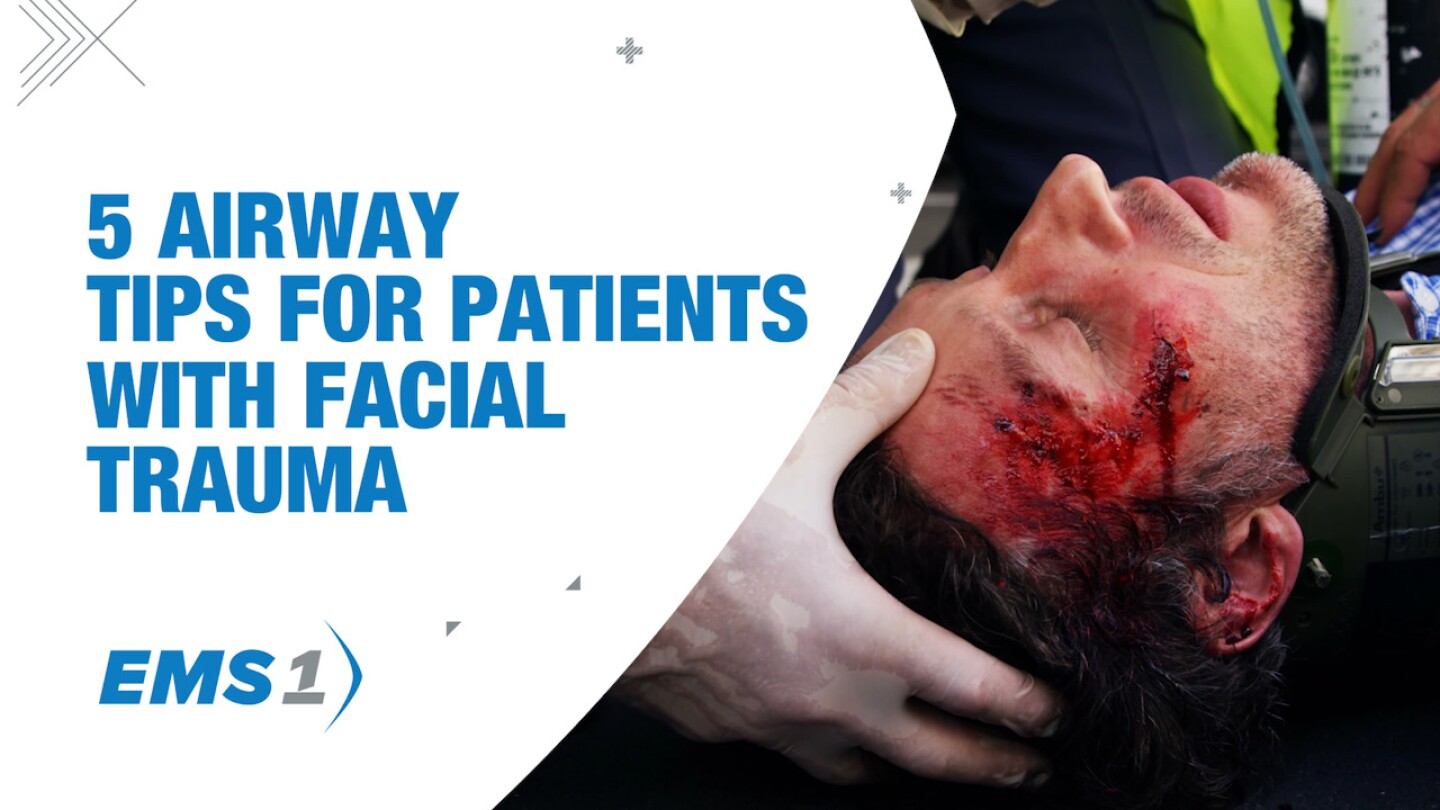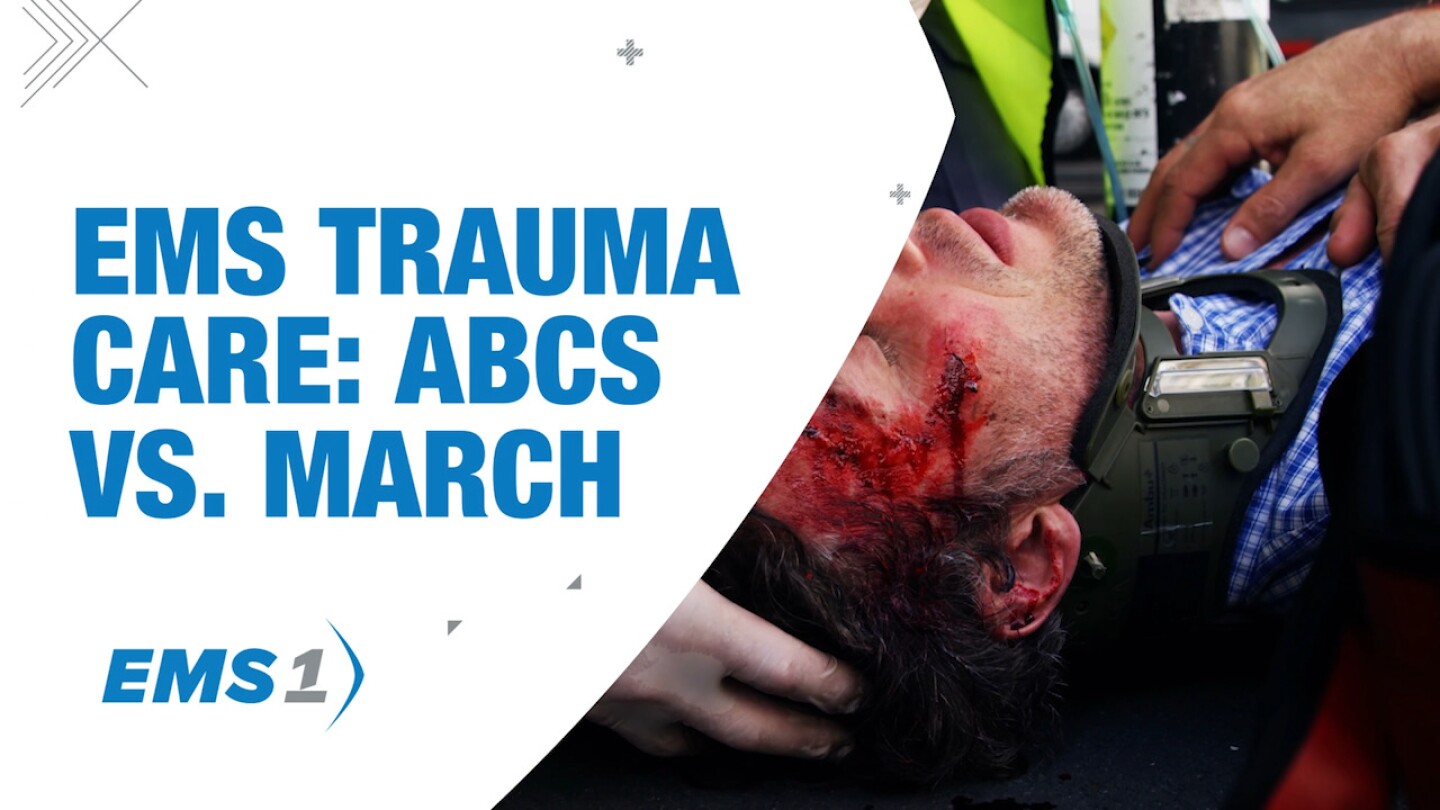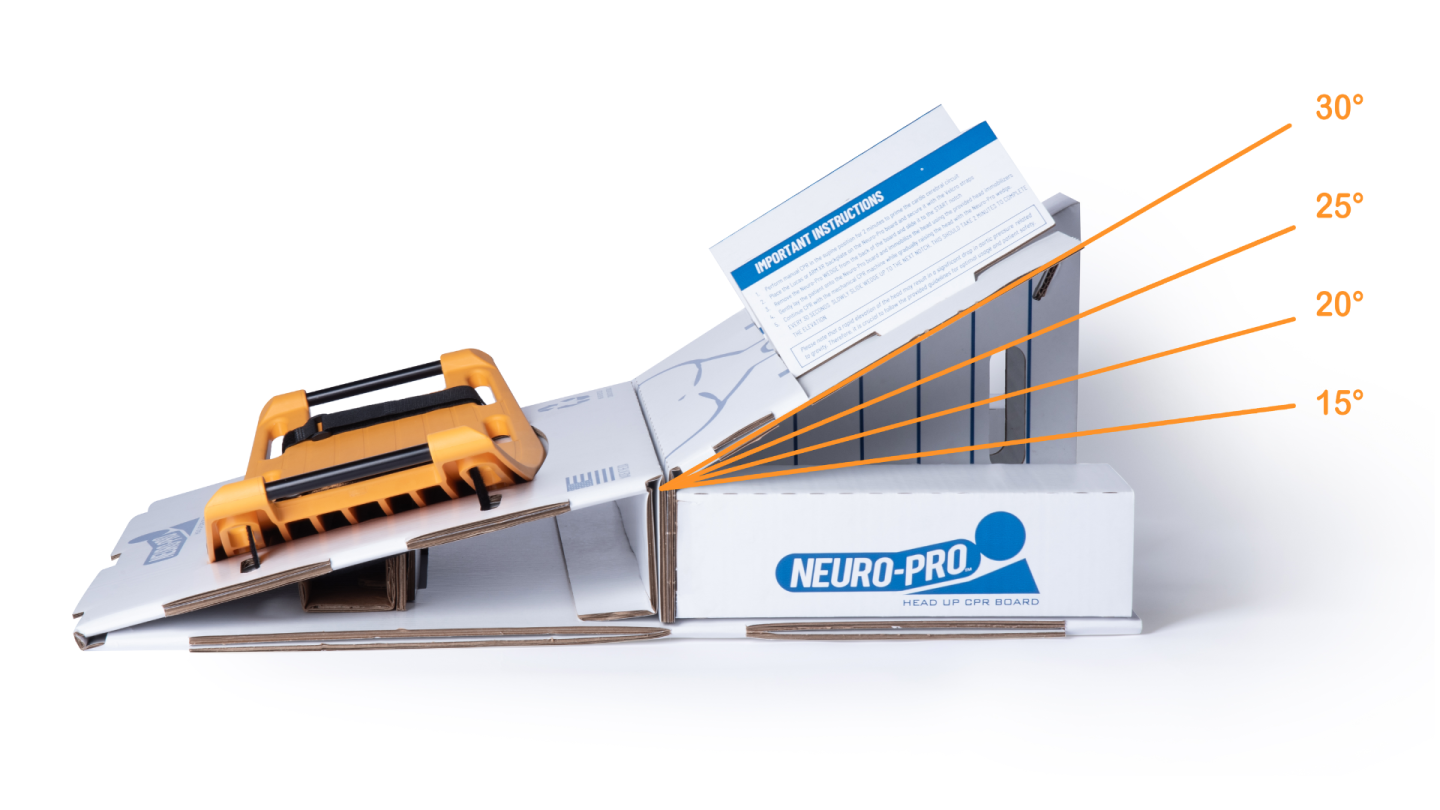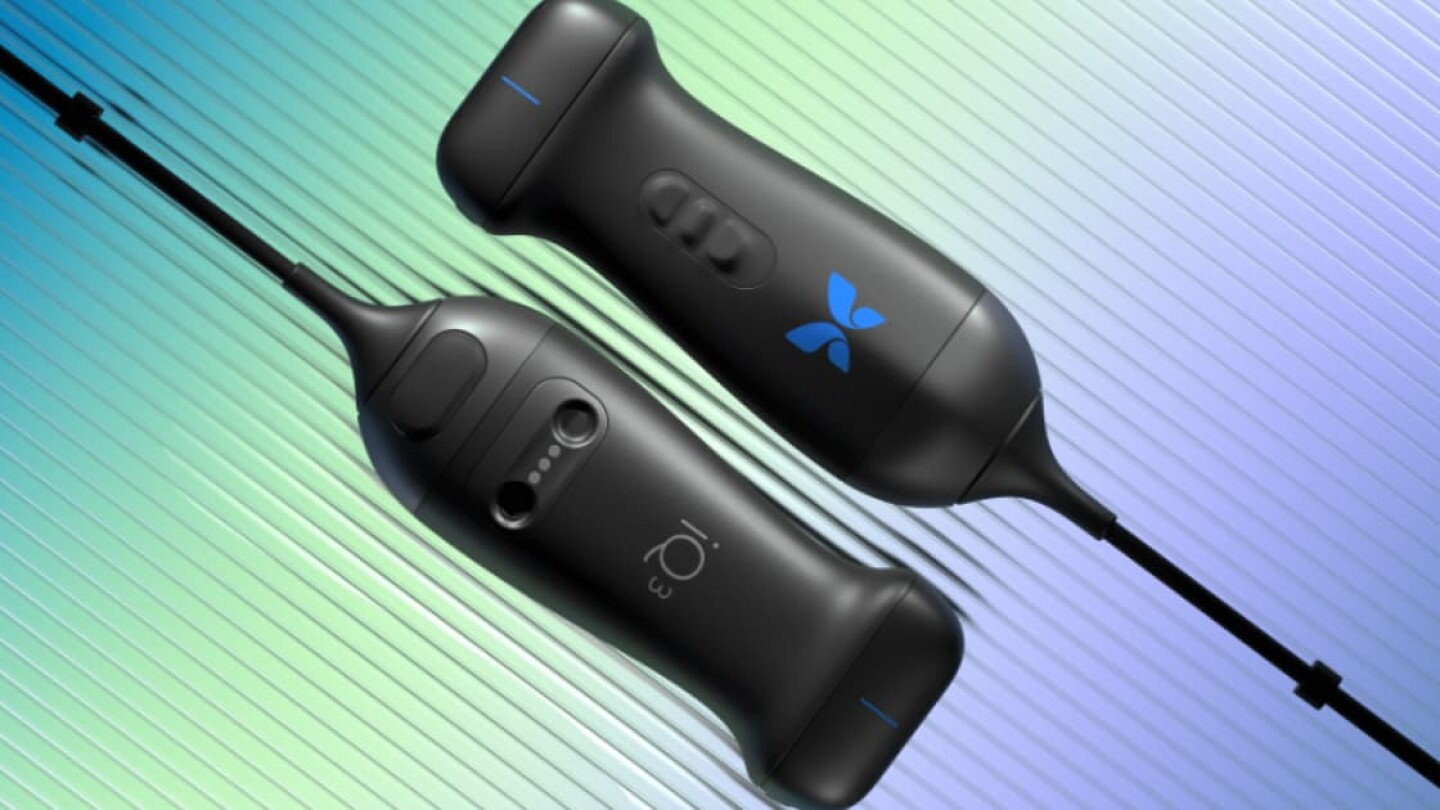Patient Assessment
Patient assessment is the process an EMT or paramedic follows to evaluate an injured or ill patient. The process includes a scene size-up, which is the identification and mitigation of risks, a primary assessment to find and fix life threats and a secondary assessment to perform a focused history and physical exam of the patient. Each step is an opportunity to collect information that will guide treatment and inform a transport decision. In the EMS1 Patient Assessment topic find the latest news about patient assessment and top resources to improve your patient assessment skills.
Confusion and slurred speech? It might not be what you think
Before you grab the naloxone or reach for the benzos, hit play on this toxidrome masterclass
Five considerations for patient assessment, scene safety and patient handoff when responding off-duty
What are the most important things to remember when treating a patient with a history of diabetes?
You are on scene with a patient who has suffered significant facial trauma; what are some strategies to improve your ability to manage their airway?
You are on scene with a patient who has multi-system trauma; what tips can improve your physical exam of this patient?
You are on scene with a patient who is experiencing chest pain; what if the cause isn’t cardiac?
Use the ePCR to showcase your skills, knowledge and professionalism
This phrase has an amazing ability to get people in the middle of an angry rant to stop, listen, and reframe their argument
The complaint alleges that Santa Fe paramedics “stated that Mr. Tapia was obviously dead and would not be transported”
In patients with UGI tract hemorrhage, initiate early transport and, if the patient needs to be supine, use a lateral position to decrease the risk of aspiration
Body-worn camera video shows officers holding Rhyker Earl down while EMTs administered sedatives
All EMS providers can still learn something about patient care and pain management from their mother
From basic models to high-tech solutions, these pulse oximeters offer quick and reliable readings without breaking the bank
A worker suffered burns to his face and arms when an air conditioner exploded at an East Haven bowling alley
Orange County Fire Authority Chief Brian Fennessy said six of the injured firefighters were transported to local trauma centers
Gov. Kathleen C. Hochul signed bills regarding insurance and treat in place, and whole blood use by ground ambulances
At least 17 patients were transported by EMS to hospitals after a wagon carrying children and adults overturned near Chippewa Falls
Rescuers tunneled underneath the boy and used dish soap and friction-reducing sheets to free him
The judge ruled Aurora Paramedic Peter Cichuniec had to make a quick decision the night of the arrest as the highest-ranking paramedic at the scene
First responders used rescue surfboards to reach the family off Nukolii Beach in Wailua
Workers were pouring aluminum billet out of the forge into a mold when the explosion occurred
Keep the following tips in mind when you encounter a patient who has had too much to drink
First responders in Apache Junction transported 10 patients to hospitals
A canned food item exploded in a food trailer at the fair in Hutchinson
When the conditions are ripe, the distinction between intoxication and a diabetic emergency can easily be blurred
Data from 600,000 stroke patients nationwide shows EMS providers were 20% less likely to give prehospital notification for Black patients
This advanced life support framework can help improve your trauma care
Invented by a 30-year firefighter/paramedic, the CPR board uses gravity to improve blood flow to the brain and heart
The Butterfly iQ+, EchoNous’ KOSMOS, and GE HealthCare’s Vscan Air will be on display for conference attendees
Identifying significant GI problems and providing initial care may help improve the chances of recovery for patients who experience true GI emergencies
Use these assessment tips and terms to localize pain and guide your treatment plan
Consider the potential diabetic diseases processes when assessing and managing any patient with altered mental status


































